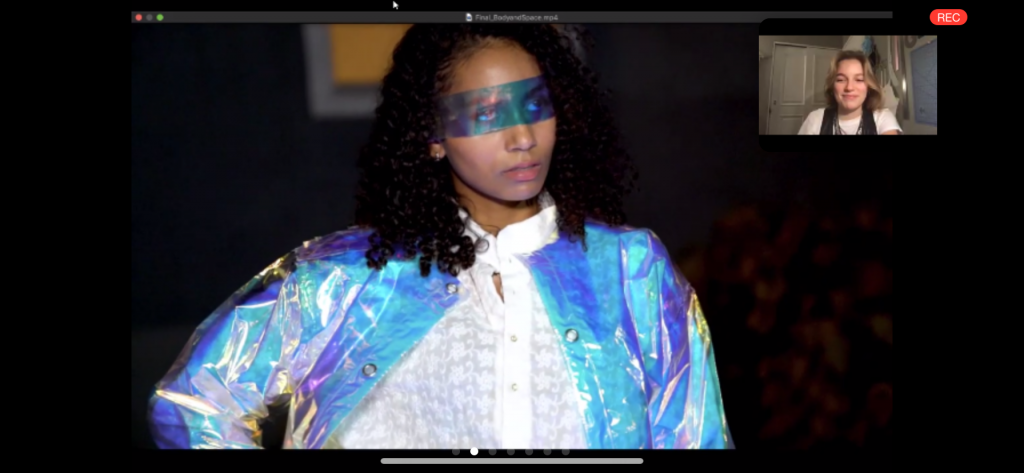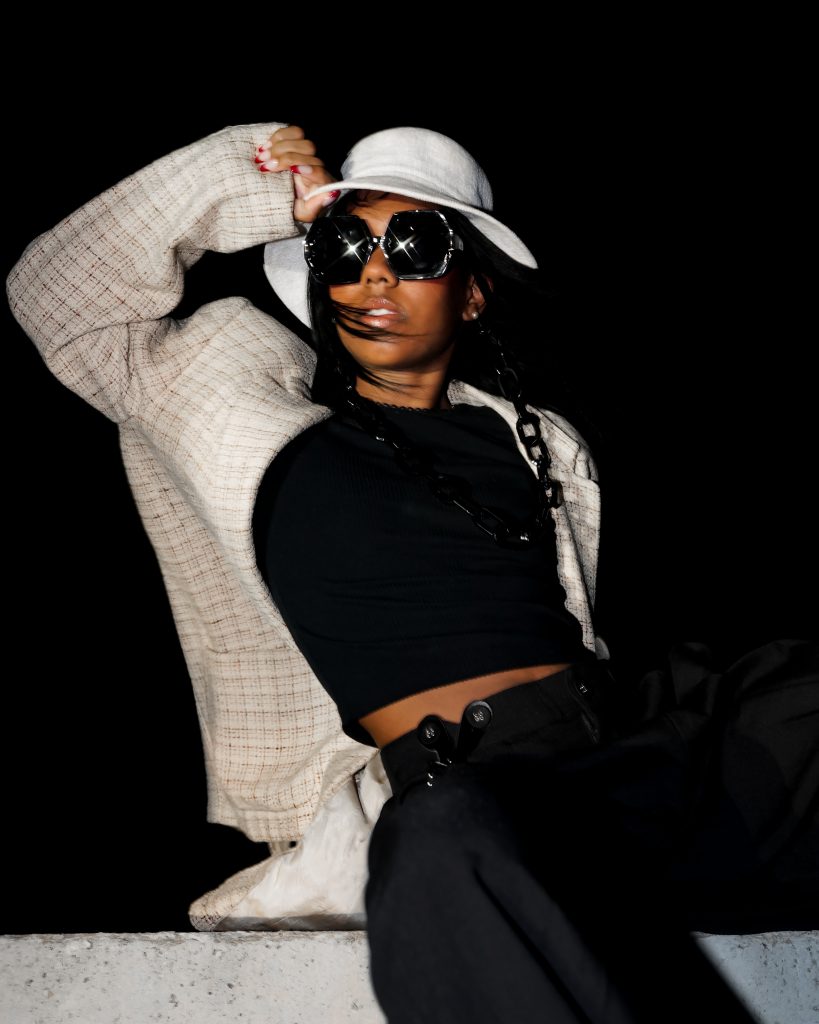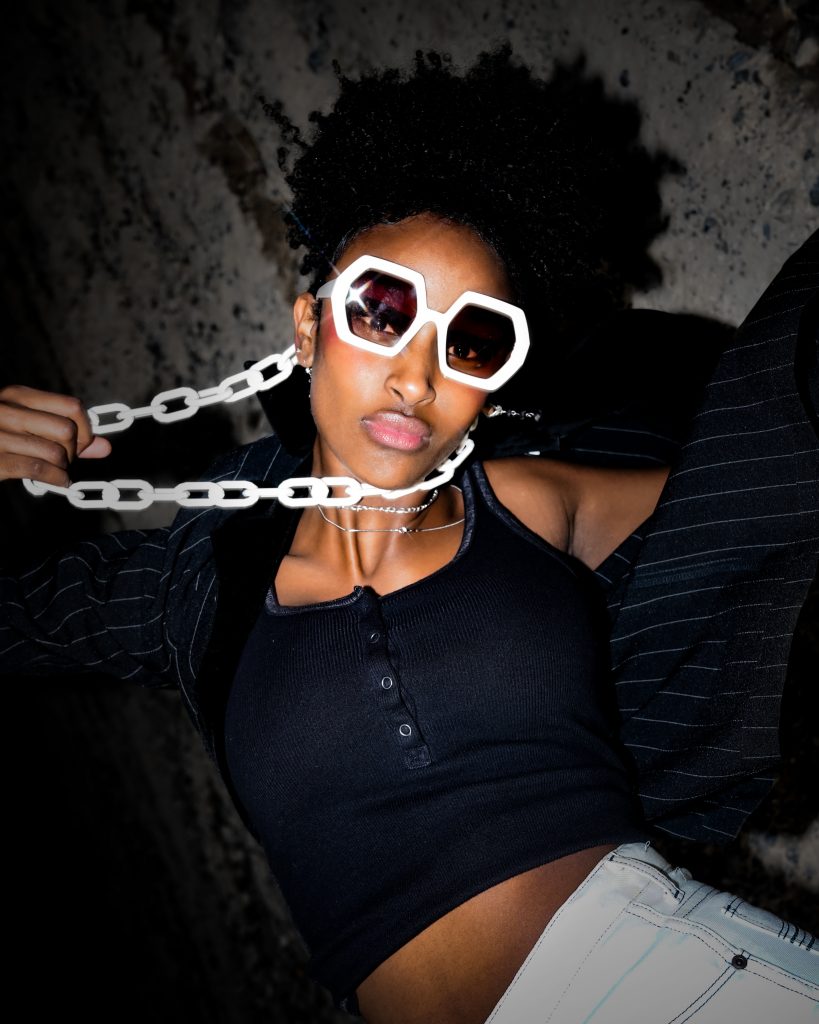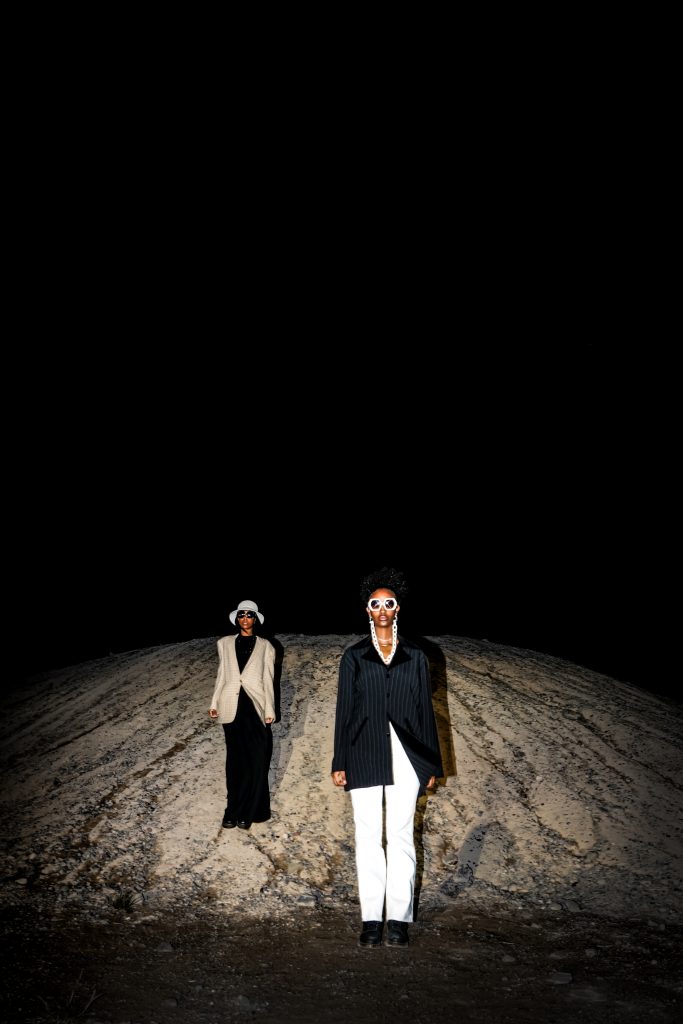Syracuse FADS project shows the power of virtual fashion
Syracuse FADS project shows virtual fashion's power
In the midst of the pandemic, a fashion show may seem like an impossible venture. However, thanks to a collaboration between Fashion Association of Design Students (FADS) and the School of Architecture, viewers were able to attend SU’s very first virtual fashion show.
View this post on Instagram
The concept of the show, “Body & Space” was developed by Benson Joseph, a Syracuse University architecture student who presented the idea to Aanya Singh, the president of FADS.
“I was dating this girl and I used to wear my hoodie a lot, and then one day she mentioned, ‘Can you do me a favor and not wear it around my friends, because it looks scary sometimes,’” Joseph said.
This, along with the racist graffiti that led to the #NotAgainSU movement, sparked an idea that explores how bodies are perceived in various spaces.
What started off as a story about a black hoodie has since evolved into a commentary on how clothing is interpreted on certain bodies in certain locations, according to Singh.
“It’s big ideas that we’re talking about,” Singh said. “Basically how clothing changes with spaces.”
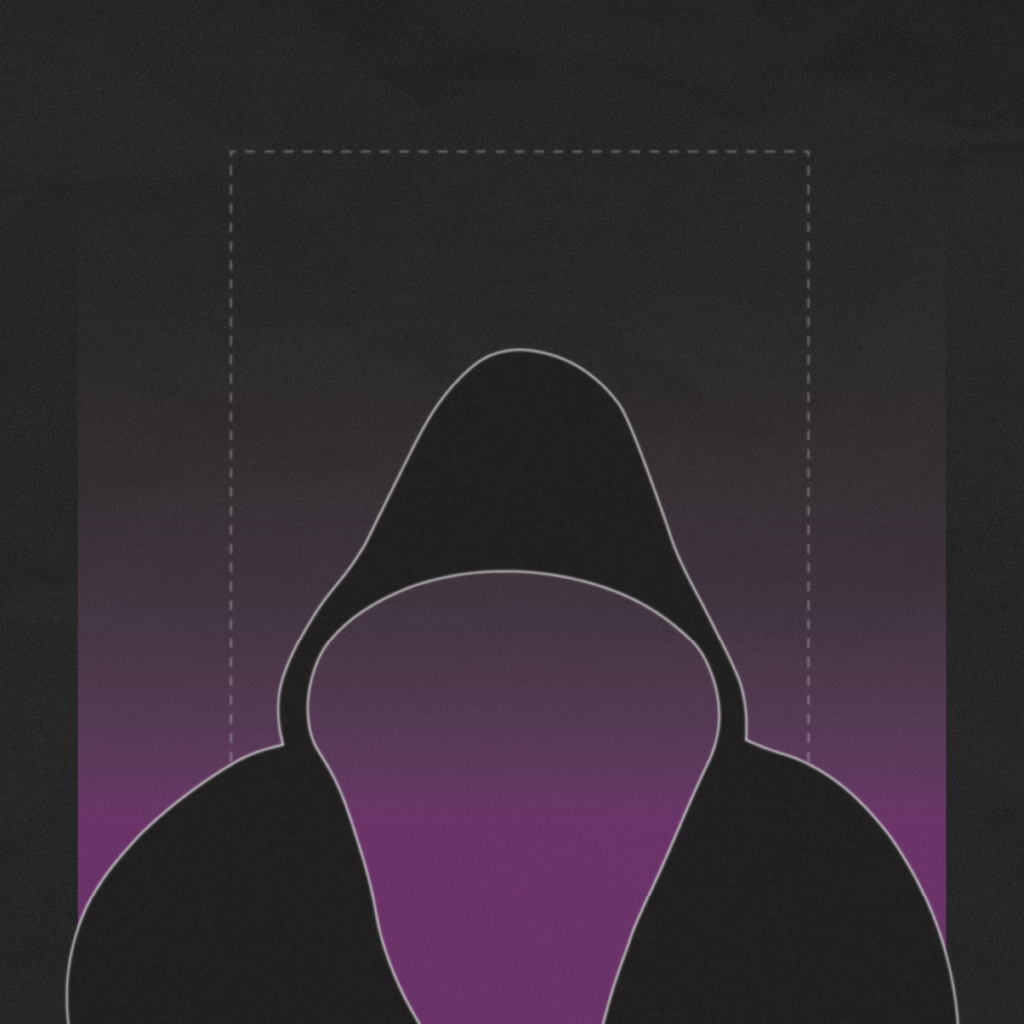
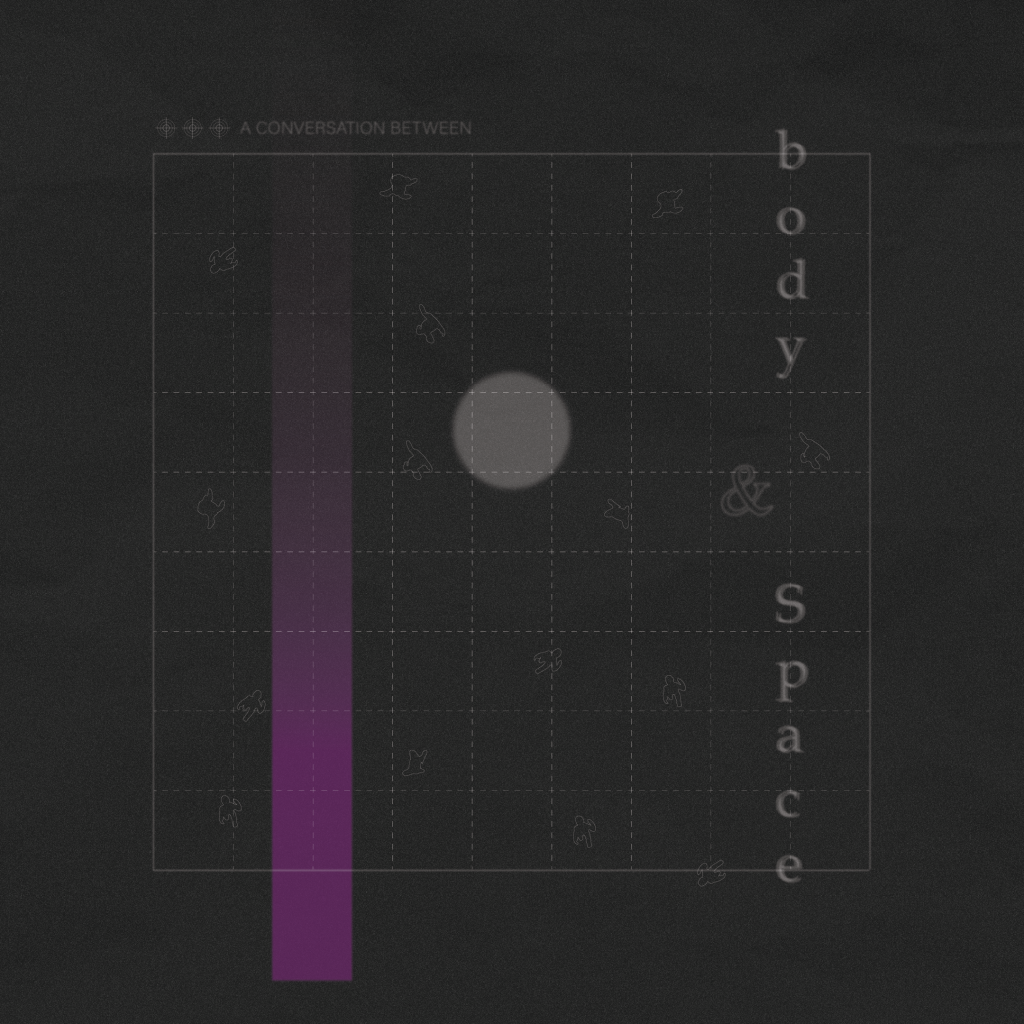
As a part of the project, five student curators from the School of Architecture including Pin Sangkaeo, Sandrine Bamba, Ashley Nowicki, Kyle Neumann and Joseph himself, choreographed various “interventions” in which people are shown interrupting specific spaces.
According to Singh, these projects involved groups of people coming to a location wearing all back, including hoodies, masks and face shields. These interventions were organized in order to show how people react to bodies depending on the space they are in, and they were filmed and presented as a part of the final fashion event.
As for the design portion of the show, designers were allowed to interpret the Body & Space prompt however they liked.
“Every one of the designers gets to put their own spin on it,” Joseph said.
Singh further explained that, in addition to creating their own garments, the designers also had a say in where their pieces were filmed. Each garment was filmed twice, one time in a white room, and one time in the location of the designer’s choosing.
Designers from the show ended up selecting all kinds of spaces, including fields, vacant lots, empty streets, and even classrooms to showcase their pieces and provide contrast to the minimal white room. For each design, the virtual fashion show transitioned cleanly between the two different locations to emphasize how the garments changed based on the space they were filmed in.
The person responsible for creating these video elements is Jessie Zhai, FADS’s head of photography and videography. As Zhai explained, the fashion and set designers usually take the reigns, but for this particular show, the photo and video team took charge, due to the pandemic.
“I’m really excited because usually, in person, we don’t get to film the details of the clothes, you know, you can’t just have a big camera following the models,” Zhai said.
As for the project itself, Zhai said she appreciates how inclusive and diverse the final product is.
“It’s a lot about current events and what it means for minorities to be in a public place and the attention it gets, and I think it’s a very good topic that fits into the FADS’s vision,” Zhai said.
The main goal of Body & Space is to shed light on how bodies, along with the clothing they wear, are viewed in a whole host of contexts.
“It offers people a chance to actually talk about their point of view of how they’re seeing the world,” Joseph said. “It’s basically stating the fact that we have a right to space.”
According to Joseph, fashion is an integral part of conveying the main themes in his original concept because it has so much to do with how we perceive other bodies and how we express our own identities.
“The individual has control over their body in terms of projecting who they want to be, so fashion was a very easy route, simply because that’s what fashion is about,” Joseph said.
This was evident from the designs featured in the show, which included everything from a holographic jacket and matching eyepiece, to detailed corsets, modern streetwear, and a dress that appeared to change color on-screen. Viewers voiced their support in the Zoom chat throughout the show, cheering on the models, designers, and artists that contributed to these incredible looks.
For Singh, the project was really about uniting the SU community during a time in which everything feels a little disconnected and divisive. “I wanted an event that could bring everyone together,” she said. And despite in-person restrictions, presenting the final project virtually was just as impactful of an experience. “We just wanted to make a mark on the campus,” Singh said.
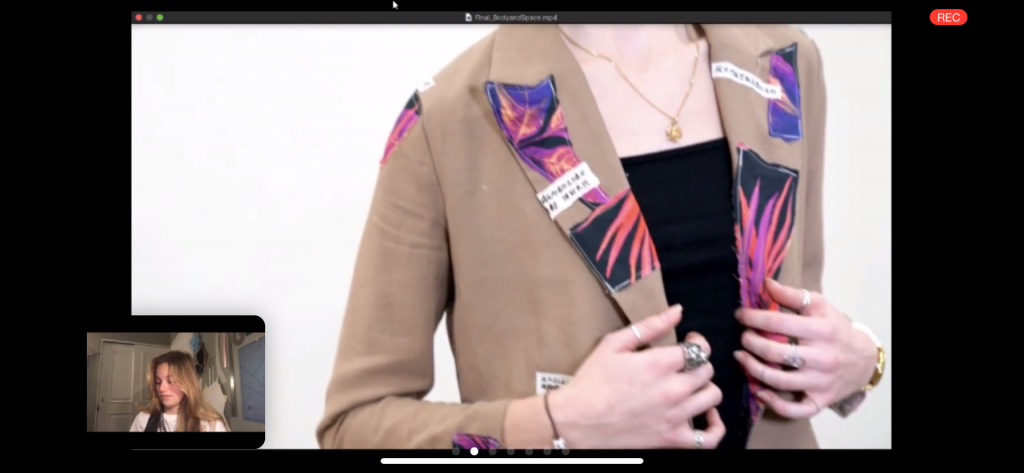
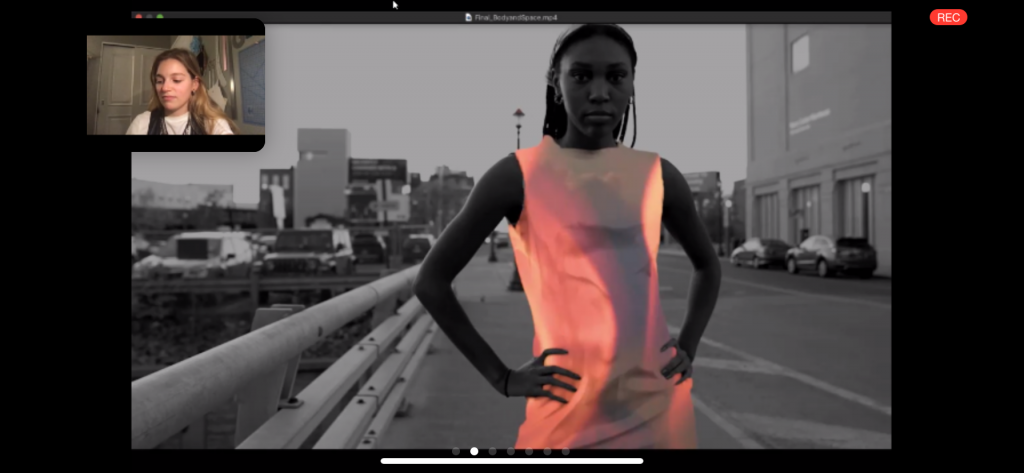
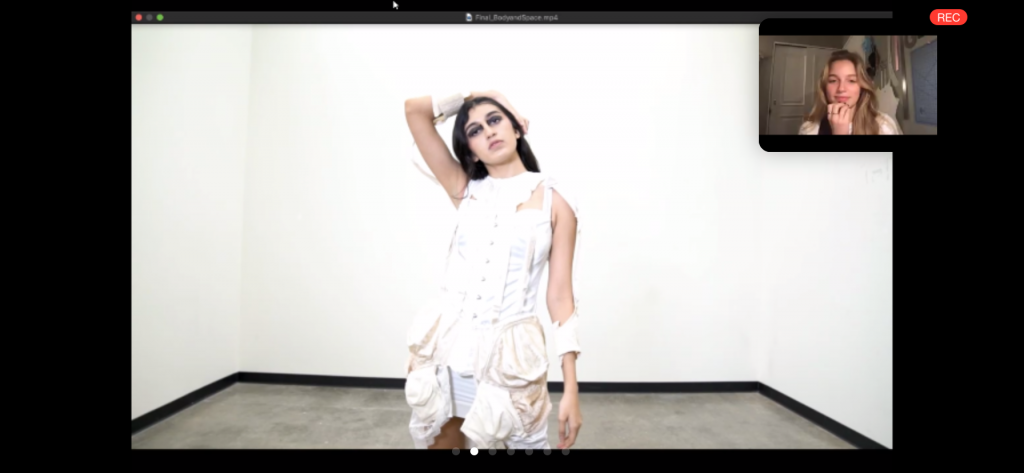
Syracuse FADS fashion show took place on Zoom on Friday, November 13.
